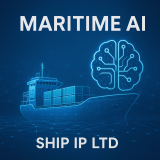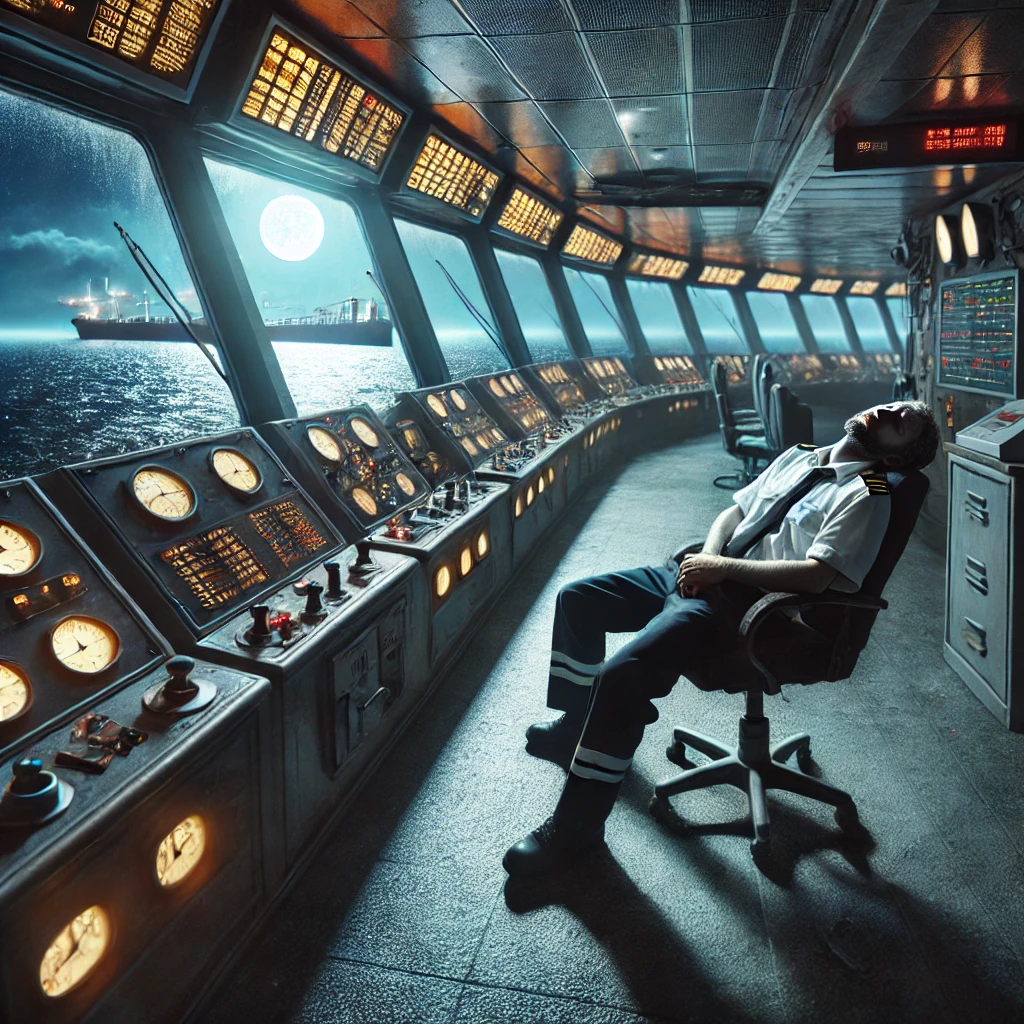Recent Developments in the Maritime Industry
The maritime sector has witnessed several significant events over the past five days, encompassing policy changes, strategic initiatives, and geopolitical discussions. Below is a summary of these developments:
U.S. Proposes Fees on Chinese-Built Ships
The Trump administration has introduced a proposal to impose substantial fees on vessels constructed in China that enter U.S. ports. This initiative aims to counter China’s dominance in shipbuilding. However, a diverse coalition of American businesses, including farmers, dockworkers, and shipowners, has voiced opposition, citing concerns over increased freight rates, delivery delays, and heightened supply chain costs. The proposed fees range from $500,000 to $1.5 million per port call, depending on the percentage of Chinese-made ships in a carrier’s fleet. Critics argue that these fees could raise transportation costs, burden consumers, risk job losses at U.S. ports, and disadvantage American farm exporters. Nearly 300 companies and individuals have expressed their opposition during hearings in Washington. Financial Times+2WSJ+2Reuters+2Reuters+1WSJ+1
Challenges in Meeting U.S. Shipbuilding Demand
In response to the U.S. proposal to levy fees on China-linked ships, concerns have emerged regarding the capacity of Japan and South Korea to fulfill increased U.S. demand for non-Chinese shipbuilding. Japanese shipyards are operating near full capacity until 2028, while South Korean shipbuilders face financial constraints after years of hardship. U.S. shipbuilders also require substantial investments and technological advancements to enhance capacity. Currently, China, South Korea, and Japan account for 90% of global shipbuilding, with China alone capturing over 50% of the market share for merchant vessels. Financial Times+2Reuters+2WSJ+2
U.S. Navy Deployments for Border Security
The U.S. Navy has deployed the Arleigh Burke-class guided-missile destroyer USS Spruance to support operations at the U.S. southern border. This deployment aims to assist in curbing maritime-related criminal activities, such as weapons smuggling and illegal immigration. The USS Spruance, along with the USS Gravely, had previously engaged in combat against Houthi missiles and drones in the Red Sea and Gulf of Aden. Equipped with significant firepower and advanced electronic warfare capabilities, these ships are now tasked with new roles along the U.S.-Mexico border, underscoring the Pentagon’s strategy to strengthen border security and control drug trafficking. maritimeoptima.com+2Business Insider+2New York Post+2
U.S.-Russia Talks on Black Sea Ceasefire
U.S. and Russian officials have engaged in discussions in Saudi Arabia to seek progress towards a ceasefire in Ukraine, focusing on establishing a Black Sea maritime ceasefire to ensure safe navigation. These talks follow U.S. President Trump’s recent engagements with Ukrainian President Zelenskiy and Russian President Putin. The conversations covered bilateral issues and confidence-building measures, such as the safe return of Ukrainian children from Russia. Russia indicated a temporary halt on attacking Ukrainian energy facilities. The talks are part of broader efforts to revive the Black Sea Grain Initiative, which previously facilitated the export of Ukrainian grain despite ongoing conflict.








